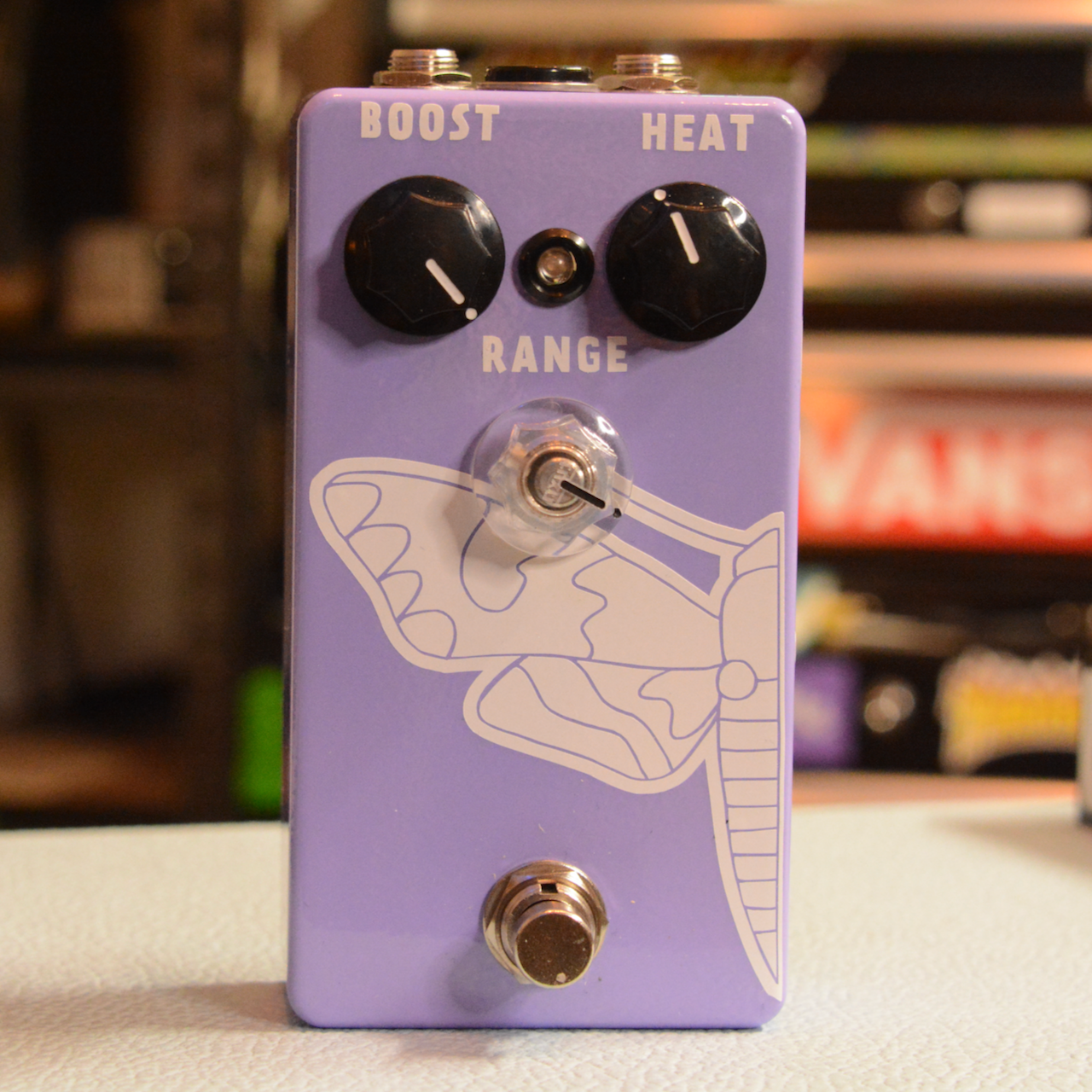1 - What's the problem with capacitors ?
We've all heard about bad "Caps" before but what's the problem here exactly ? Bigger capacitors in tube amps are made with paper-oil-etc, and they will start to leak after a couple of years/hours of use. How many exactly, we can't be sure, but some state 10 000 hours, some 30k.
So for a 1994 amp (almost 30 years at the time we're writing this article), it's worth having a look at them. Since capacitor are quite expensive parts (around 150-250$CAD total for a Mesa Boogie Mark IV), you wouldn't want to change them for nothing, but I'm sure you don't want to blow your amp either...
First look inside :

First look in the amp and we can notice the big blue cans, those are the electrolytic capacitors we will want to replace. In that case, there's no sign of leakage but I wouldn't take any chance. The previous amp owner (Hi Plem :D) stated that the amp was making a bit of white noise and Caps are the first suspects in that case.
New Caps :

Those are the power section capacitors and the easiest to replace, we can lift the power board and access underneath to remove solder and replace them cleanly.
2- Why ?
I'm sure you're asking why we are changing them, well, you will want to save your amp before any explosion/dammage. Melting/blowing caps will leave a lot of oil, residue everywhere on the board and it's really hard to clean.
In the case of that specific Mark IV, the 10000uF 16V brown caps on the board are almost always the culprit of such explosion. On the picture bellow, you'll notice a lot of oil/dirt stuck under the cap even if it was sitting nicely on the amp board. That's the beginning of the destruction of the capacitor, leading to a complete blowout. I'm happy to have changed them before any permanent damage.

Those little brown leaky caps are specifically hard to remove/replace since the leads are under the parts. So I took the idea from a forum post somewhere on the internet and decided to mount them horizontally with vintage cloth wire going to the connection point on the board. That way, the next tech working on them will easily see if they are leaking (we hope it will be in 30+ years).

Finally, the amp is all cleaned up and ready to go. Overall, knowing what I'm doing, it's a one-night job. I'm always super conservative in my mods since I don't want any tone change, that's why I don't do tone mods anymore.

First test drive and it's sounding awesome ! Last step is to put the chassis into the head shell and hope it's alive for another 30 years !

Guillaume
GUP Tech





2 comments
Brian Mitchell
Very informative write up regarding the Mark IV! Do you offer this service to the public by chance? I’m looking to have my Mark IV overhauled.
Best regards
Brian
Very informative write up regarding the Mark IV! Do you offer this service to the public by chance? I’m looking to have my Mark IV overhauled.
Best regards
Brian
Chris
Hi, how did you get those two caps off? Pry them off, twist them off, or use a thin blade to get under them and somehow saw them off? I’m getting ready to do the same on my early Mark IV and don’t want to take the whole board out to do it.
Thanks CC
Hi, how did you get those two caps off? Pry them off, twist them off, or use a thin blade to get under them and somehow saw them off? I’m getting ready to do the same on my early Mark IV and don’t want to take the whole board out to do it.
Thanks CC